Recently, I was shown a draft letter intended for opposing lawyers. It contained the word ‘anxiously’. I crossed it out and wrote in the margin, half-jokingly, 'we don’t get anxious, do we?'. It prompted me to think about unflappability.
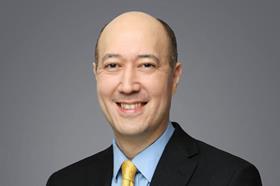
Historically, medicine and the bar were two professions in which unflappability was highly prized. It was, and to some extent remains, part of their power. There is something almost super human about doctors and barristers. Many of the most feared advocates, from Sydney Kentridge to George Carman, were known for their calmness under pressure. Michael Mansfield KC wrote of George Carman, for example, that ‘there is not a flicker of emotion with him…like an Exocet missile coming out of the blue.’ A quick browse of the legal directories shows that it is still a valued attribute: ‘hard-working, patient and unflappable’, ‘persuasive and unflappable’, ‘technically superb and unflappable, a first-class barrister.’ I found no entry describing a barrister as ‘flustered’, ‘ruffled’, or ‘panicky’.
In medicine, the great Sir William Osler wrote in 1899 that ‘in the physician or surgeon no quality takes rank with imperturbability’, which he described as ‘coolness and presence of mind under all circumstances, calmness amid storm, clearness of judgment in moments of grave peril’. Charles Bryan, an Emeritus Professor of Internal Medicine in the United States, gave a dramatic example of this equanimity. An orthopaedic surgeon from Bryan’s hometown was working in the Accident & Emergency department when two girls were brought in after a terrible car accident. The surgeon saw the first girl and recognised his own daughter. He felt her pulse and checked her vital signs and said 'she’s dead'. Without pause, he moved on to work on the other girl.
These Victorian qualities of self-control and composure, even under extreme stress, have long been promoted and praised. Doctors and barristers were supposed to be tough.
In recent years, both professions have softened. There is now greater openness about burn-out, trauma and mental health. However, the extent of this openness differs between the two, with medicine more candid than the bar.
Social media has provided an emotional outlet for doctors and a window into their inner lives. On platforms such as X and TikTok, junior doctors (now called ‘resident doctors’) frequently lament the difficulty of their jobs, the emotional toll, the financial hardships, and their desire for a good work-life balance. We see them indignant, scared, sad, even tearful. Their vulnerabilities and frustrations are on full display.
There is much less of this with barristers. This contrast may be explained partly by structural differences. Barristers rely on instructions from solicitors, and solicitors by and large prefer barristers who conform to the traditional image of the tough, unflappable, hard-working barrister. Barristers who post about their fears, doubts and sleepless nights risk losing instructions and income. The expectations of solicitors thus shape the desired image of the resilient barrister. Barristers, the majority of whom are self-employed, tend to be acutely conscious of their image and reputation. Doctors, unless they do private work, are less dependent on personal brand and client perception. They will always have patients.
The culture at the bar is also more conservative, even among younger barristers. There remains a reluctance to reveal one’s inner beliefs and feelings. After all, we are used to putting our clients’ case across, not our own. We are someone else’s mouthpiece.
There is still a rigid hierarchy at the bar, which is fading in medicine. Resident doctors on social media regularly criticise consultants, and even in practice consultants are no longer the god-like figures they once were. In contrast, silks are still revered by junior barristers and the boards outside chambers list the names of barristers in order of year of call.
This difference in openness may also be linked to the relative sizes of the professions. There are nearly 314,000 licensed doctors in the UK and only about 18,000 practising barristers. In a smaller profession, reputations are more fragile and word travels fast.
The greater openness in medicine has likely helped reduce stigma and encouraged doctors to seek help. On the other hand, it may also have eroded the mystique, authority and social status of doctors. The imperturbable doctor of the 20th century is disappearing, replaced by a more human, sensitive and vulnerable version.
Should the bar follow suit? The 2024 Barristers’ Working Lives Survey revealed that nearly a third of barristers report low levels of wellbeing. The Bar Council has launched an action plan to improve levels of overall wellbeing. This is a laudable goal. Yet, improving wellbeing need not require barristers to lay bare their private struggles on public platforms. Perhaps the bar can learn from medicine’s openness without losing its trust and authority by encouraging these vital conversations within professional circles, such as in chambers, peer discussion groups, workshops, mentoring schemes, legal conferences, webinars, podcasts, journals and newsletters. They matter hugely but they must not cross boundaries and turn into a public spectacle.
Daniel Sokol is a barrister at 12 King’s Bench Walk, specialising in clinical negligence. He is co-author of A Young Person’s Guide to Law and Justice (Book Guild, 2024)


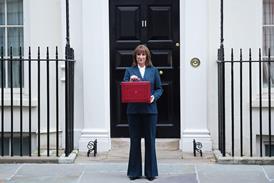

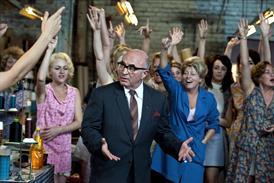
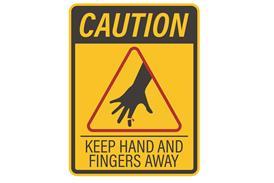


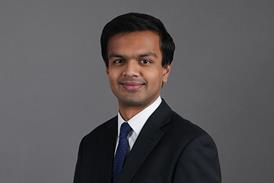

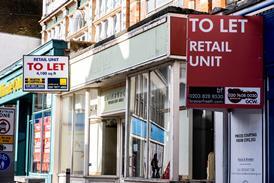


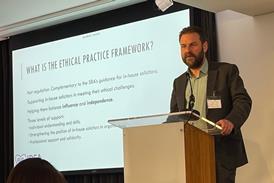












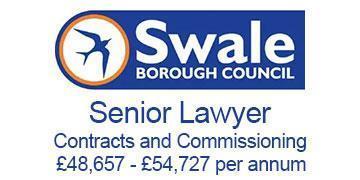




2 Readers' comments